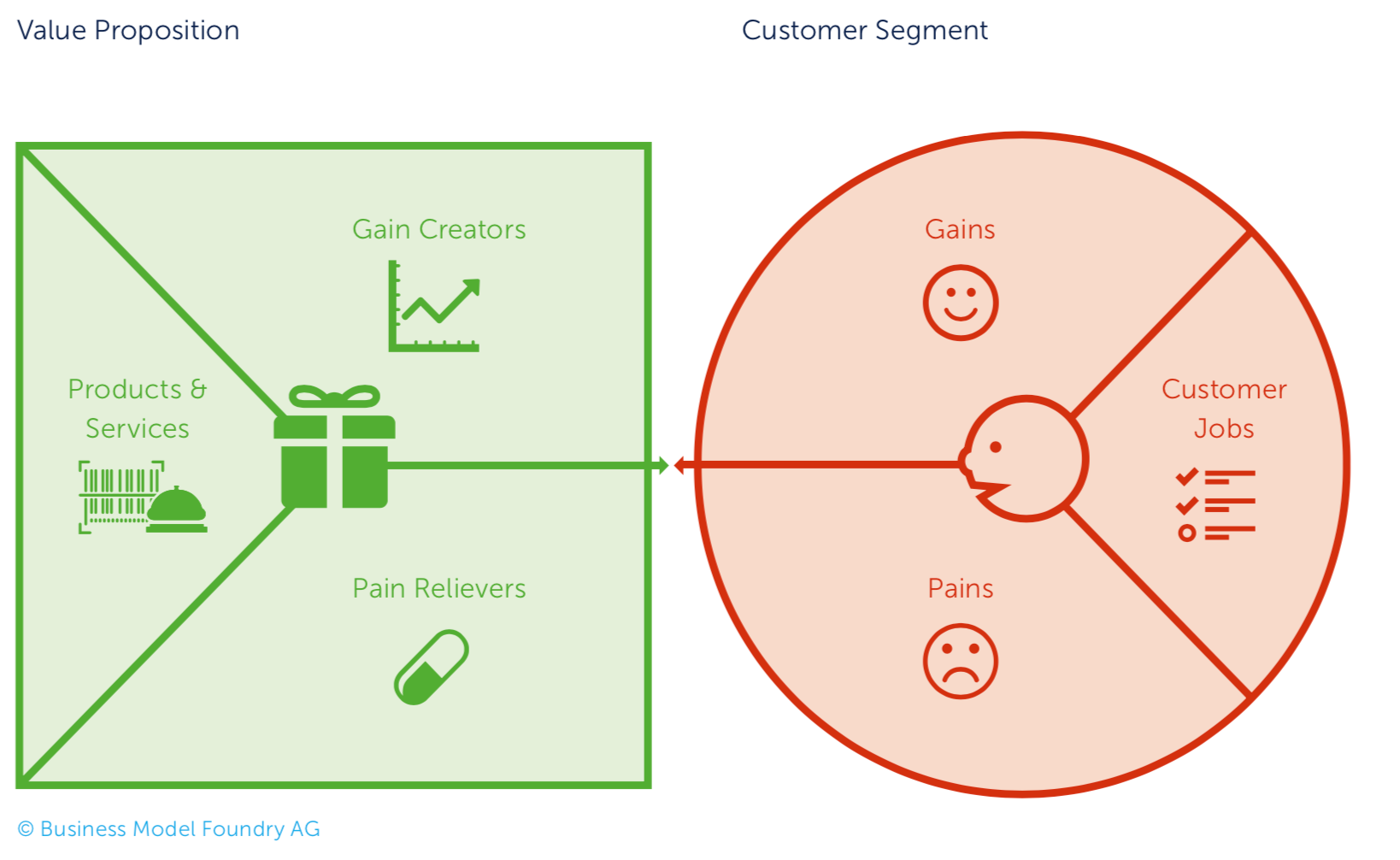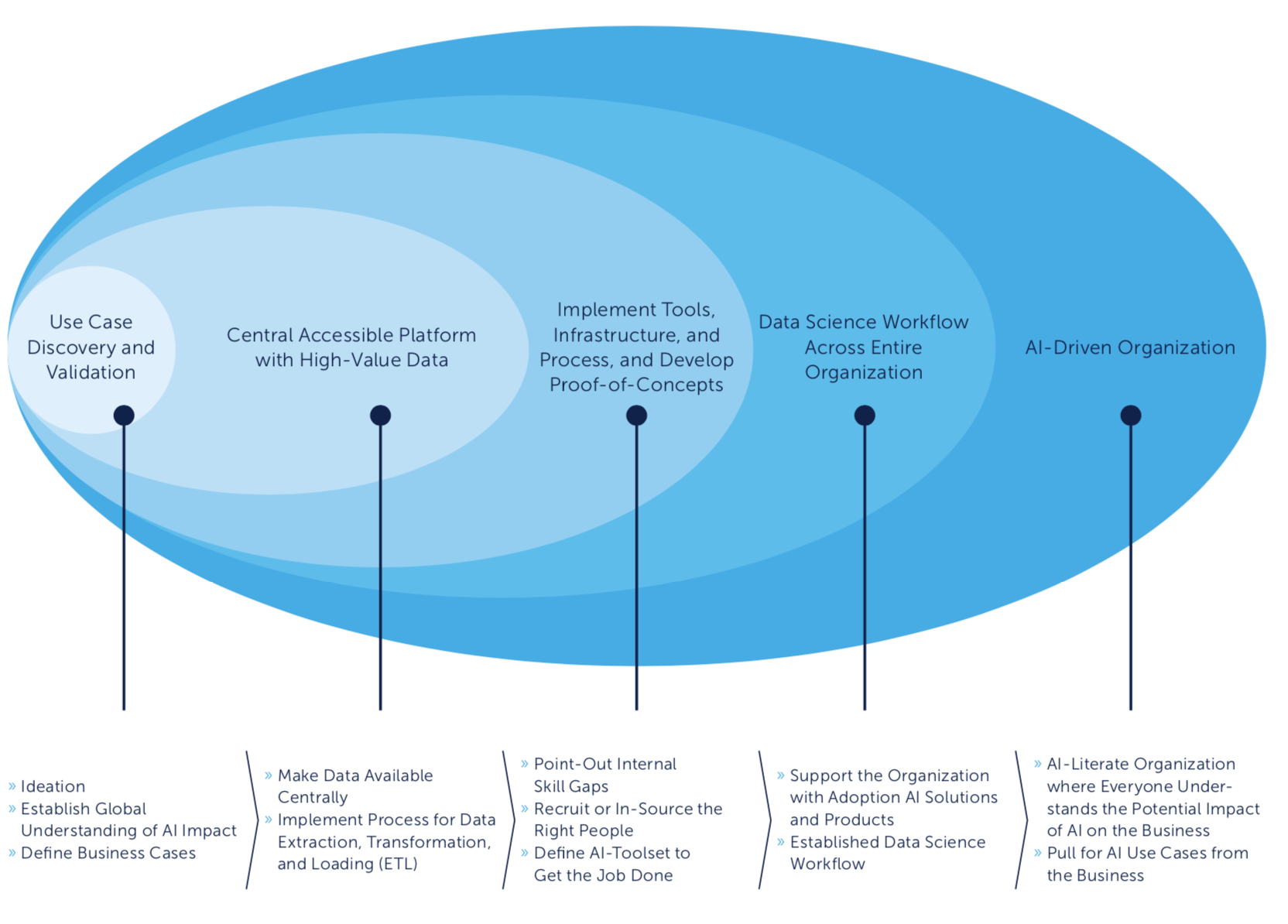An Analytics Translator enables the execution of your company’s AI strategy. Data engineers are good at developing robust applications. Data scientists are good at distilling intelligence from data. Business teams know their specific processes, habits, and work-arounds like no other. Still, there is a gap between data experts and business. Translators bridge it by solving three business problems for you.
Problem #1: Finding the Right Use Cases
Although there are many inspiring AI success stories, it is often challenging to find the use cases that fit your business needs. What are the most important business problems that can be solved with AI? Who is responsible for finding new problems and translating them into realistic use cases?
Translators fill and prioritize the pipeline with new business problems for your data experts. They know what is desired and what is possible with their deep business and technical knowledge. An Analytics Translator finds use cases that are realistic, valuable, and feasible, and that are the right fit for your company’s strategy.

The Value Proposition Canvas is a valuable tool to translate your ideas into use cases.
Problem #2: Liaising Between Business and Data Experts
You can come up with fantastic use cases to improve your organization, but they only provide value when they are implemented and used by the business. On one hand, the business won’t accept or embed AI solutions they don’t understand or trust. On the other hand, the traditional ways of working of the business often do not fit that of data experts. The business has to be brought into the process and connected to the data experts.
As a liaison between experts and business, Analytics Translators guarantee that the business understands and adopts the AI solutions. While the data experts focus on the implementation, Translators make sure that the output is actionable and fits business needs. They know how to communicate a business idea to the experts and embed the result in your organization.
Problem #3: Embedding AI in Your Organization
Solving business problems using AI should not be confined to isolated business units but should be embedded in whole organization. The adoption of AI requires not only technical changes such as building data ecosystems, but also depends on trust in AI and integrating it in your workflows. Everybody in your organization has to become AI literate: each and every employee needs to understand what AI is and how it can impact the organization.
When business departments understand AI, and what opportunities it brings, a pull for AI-applications and solutions will arise. If this is combined with a solid data science workflow and the right skills, tools, and techniques, organizations grow towards the highest level of AI maturity.

Advancing through maturity levels.
Analytics Translators spread ideas and success stories to make your organization AI literate. They build internal and external communities by, for instance, hosting internal innovation days, organizing hackathons, and teaching analytics workshops. Translators evangelize and educate to make your company adapt to the age of data and AI.
This blog is part of a series. You can find the previous blog here and the next blog here.
This blog has also been published in the free magazine "The Analytics Translator" – Download here!




